Gobi Travel
6 night 7 day trip
Day 1- Mandalgobi aimag,Baga gazriin chuluu (Baga gazar stone)
First thing in the morning we will drive to visit Baga gazar stone.You will see beautiful and wonderful stone massif and wild sheep. In the 19th century, two respected lamas lived here, and we still can see their inscriptions in the rocks. According to the legend, Genghis Khan too is supposed to have lived in this wonderful area with beauiful scenery. We will be overnight in the tourist camp.
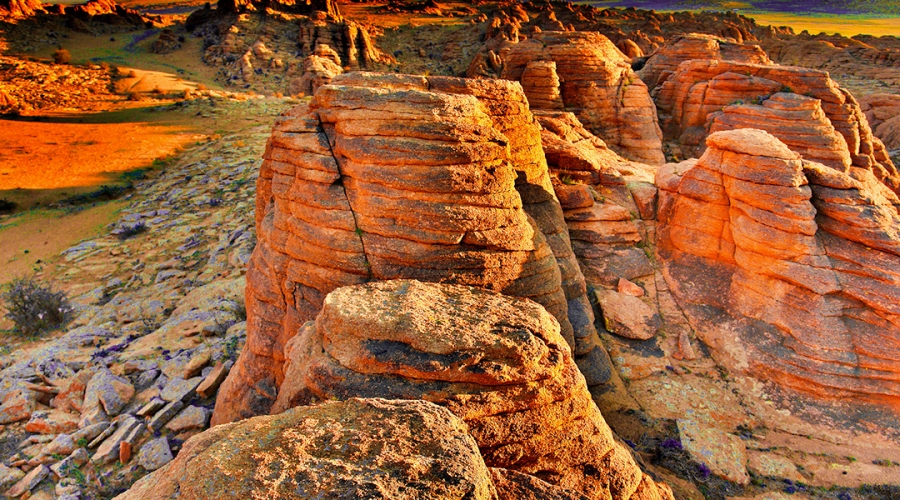
Day 2-White stupa

We travel in one of the emptiest areas of Mongolia. Between rock desert and semi-arid steppes, we reach the white stupa-Tsagaan Suvarga. For centuries, this 30-metres (98,43 feet) high, abrupt, stupa-shaped mountain, is honoured by the Mongolians. The traveller will be surprised by the sumptuous lunar landscapes that evoke the end of the world, and by the many fossils. This area was totally covered by the sea a few million years ago.Overnight in the tourist camp.
Day 3- Gurvan Saihan Uul-Yoliin am
Hiking in the canyon of Yol, the bearded vultures canyon. We will walk in the bottom of the canyon that is covered with perpetual snow. The canyon is so steep-sided, that sunrays make the ice melt only in August. The rest of the year, there’s ice everywhere in the canyon.Overnight in the tourist camp.
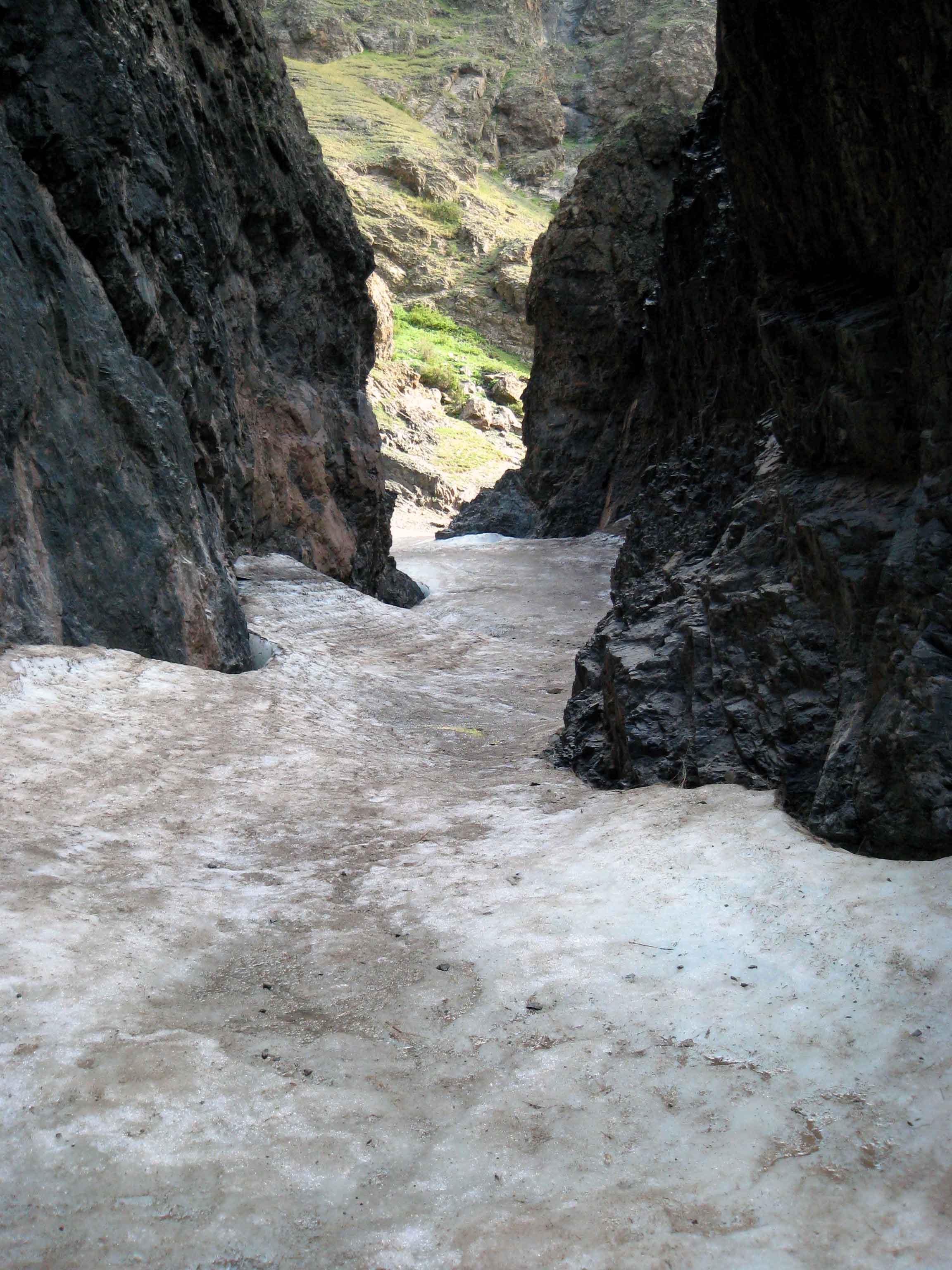
Day 4- Khermen tsav-Khongor sand dunes
Early in the morning we will drive to Khermen tsav then we will drive to Khongor sand dunes are 130km from Canyon of Yol. Khongor sand dunes are the most important sand mass of Gobi Gurvan Saïkhan National Park. Its area is more than 900 square kilometres. It’s one of the largest sandy areas of Mongolia.Overnight in the tourist camp.
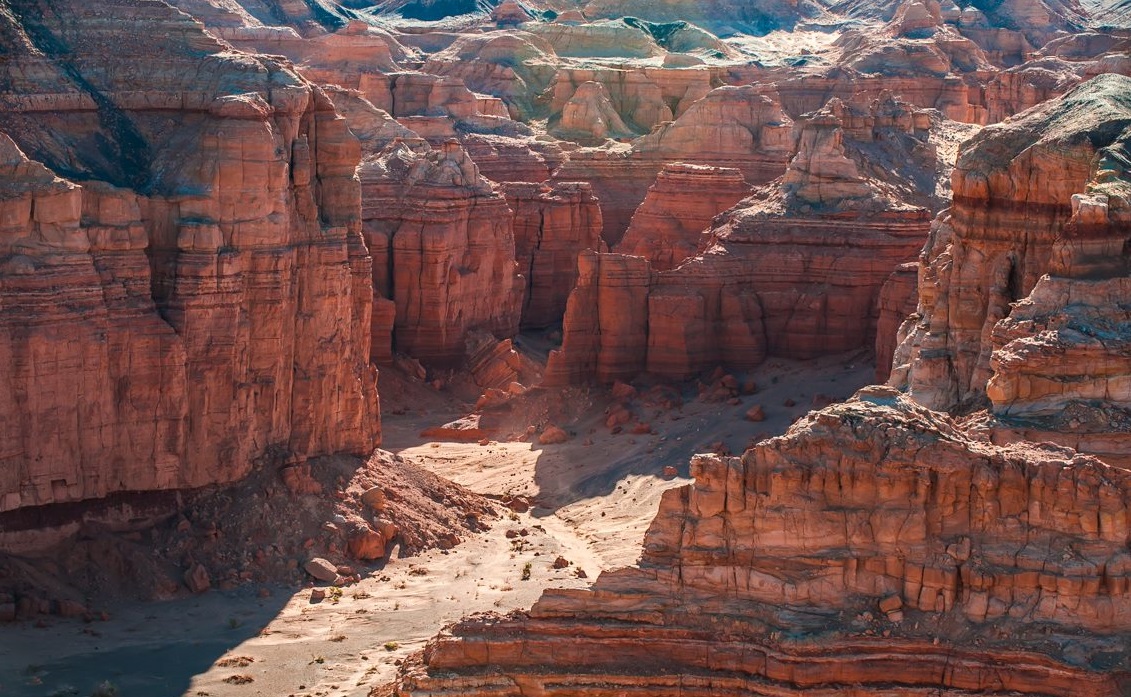

Day 5-Bayan zag-Red Cliff/Flaming cliff
Visit of the cliffs of Bayanzag, today best known as “flaming cliffs”, owing to their ochre red colour, where is located the “cemetery of dragons”. The cliffs and the saxaul forests that surround them are the evidence of the time when Earth was still inhabited by huge creatures : dinosaurs. Palaeontologist Roy Andrews Chapmanwas the first man to discover in 1922 some bones and eggs of dinosaurs that we can see today in the Natural History Museum of Ulan Bator and in other museums in the world.Overnight in the tourist camp.
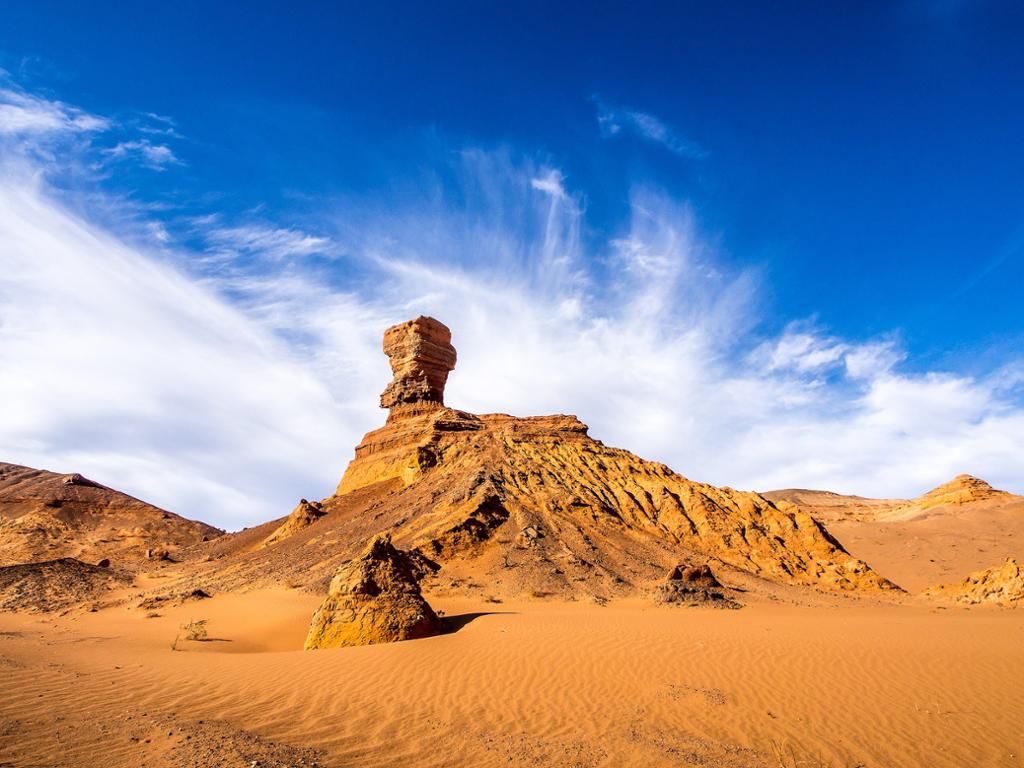
Day 6-Ongii Monastery
West Saikhan Ovoo, some mountains located along the Ongii River, are the perfect place to rest between Northwest of Mongolia and Gobi Desert. In the bends of the river, we can see the ruins of two monasteries, Barlim Monastery on the Northern bank, Khutagt Monastery on the Southern bank.Let’s discover this site, best known as Ong lamasery, and the museum. In 1937, the Soviets almost completely destroyed the homes and monasteries where one thousand lamas were living. In 2002, some lamas came back and began to rebuilt the monastery, with few resources but much enthusiasm.Overnight in the tourist camp.
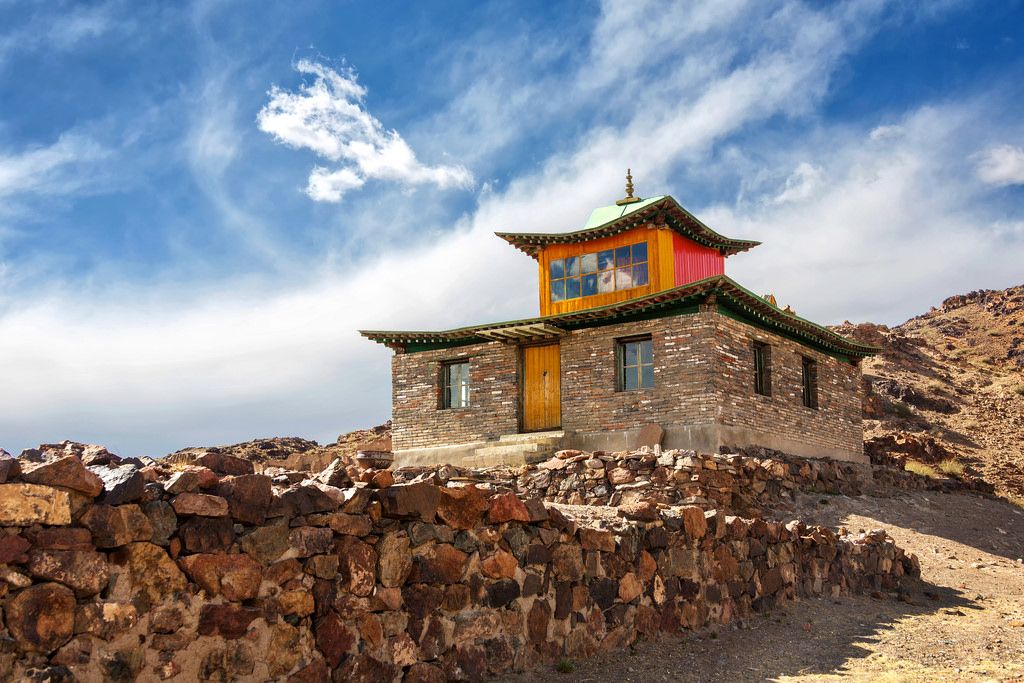
Day 7-Ulanbator city
